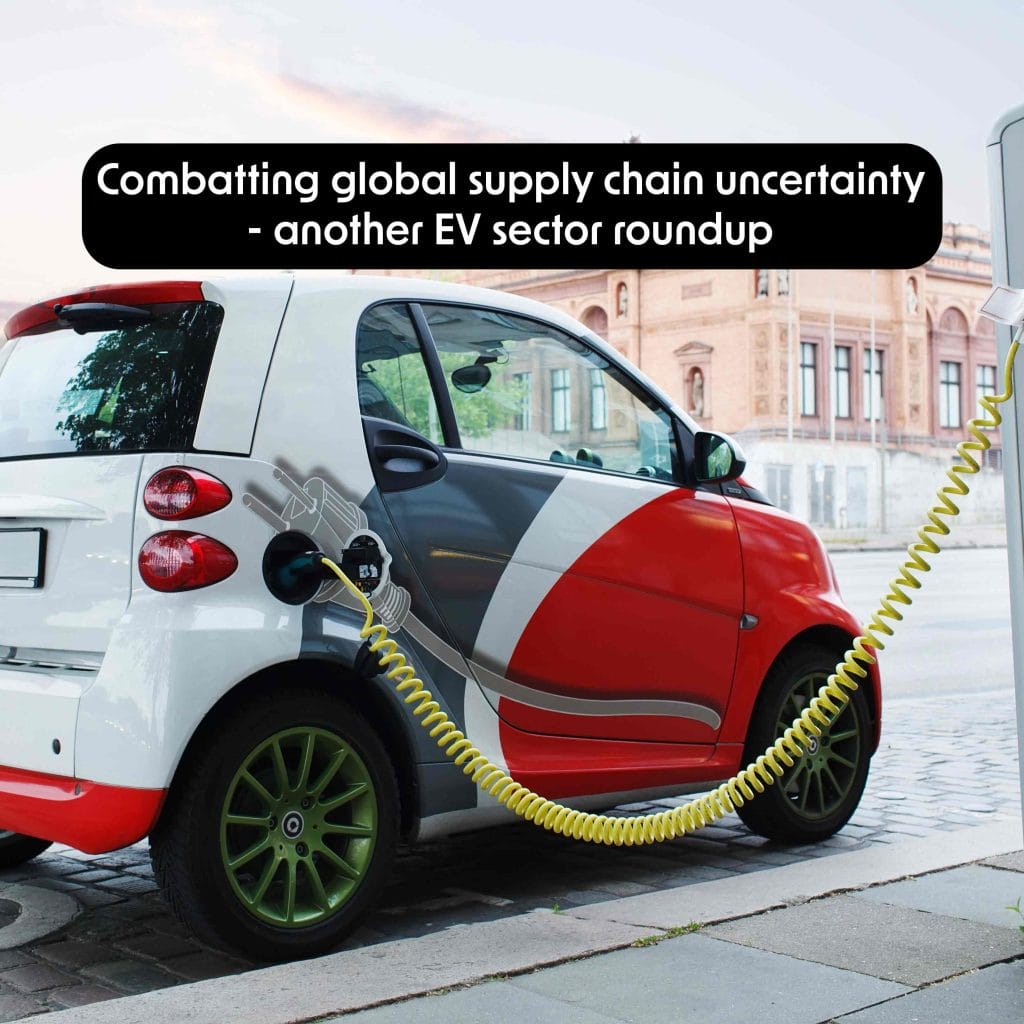Ford Motors is scaling back its plans for a $3.5 billion Michigan battery plant as consumers shift to electric vehicles (EV) comes in slower than expected, and in a move to cut costs as labour costs rise.
In February, CEO Jim Farley and Chair Bill Ford announced the facility. There were some fireworks and the plant became a political target due to connection to Chinese battery manufacturer Contemporary Amperex Technology (CATL). Even though the plant is wholly owned by Ford, the automaker is licensing technology from CATL to produce new lithium iron phosphate (LFP) batteries for EV’s.
The lithium iron phosphate batteries the plant will produce are instead of pricier lithium-ion or nickel cobalt manganese batteries, which Ford is currently using. The new batteries are expected to offer different benefits at a lower cost, and allow Ford to increase EV production and profit margins. And for commodity investors, these batteries are set to reduce the amount of cobalt needed to make battery cells and high voltage battery packs.
But today, Ford has announced it is cutting production capacity by roughly 43% to 20 gigawatt hours per year and reducing expected employment from 2,500 jobs to 1,700 jobs. Ford did not disclose how much less it would now invest in the plant, but by some estimates, the investment would still be around $2 billion.
Demand for the vehicles is lower than expected due to higher costs and challenges with supply chains and battery technologies. This decision by Ford to retreat from EV’s is not unique to the American automaker. Automakers globally are scaling back.
Reductions at the Marshall, Michigan, plant are part of Ford’s plans announced last month to cut or delay about $12 billion in previously announced EV investments. The company will also postpone construction of another electric vehicle battery plant in Kentucky.
“We looked at all the factors. Those included demand and the expected growth for EVs, our business plans, our product cycle plans, the affordability and business to make sure we can make a sustainable business out of this plant,” Ford Chief Communications Officer Mark Truby said during a media briefing. “After assessing all that, we are now good to confirm that we’re moving forward with the plant, albeit in a slightly smaller size and scope than what we originally announced.”
“We’re still very bullish on EVs and our EV strategy, but clearly, while there is growth, both in the U.S. and worldwide, clearly, the growth isn’t at the rate that we and others had expected,” Truby said. “We’re trying to be smart about this and how we move forward.”
The plant is still expected to open in 2026 even with Ford halting production of the facility for two months due to the collective bargaining with the United Auto Workers. Talks ended last week as Ford-UAW agreed a deal that included a significant wage increase and for battery workers at the plant to be included under the agreement.
Of course these increased labour costs have played a factor in Ford’s decision to scale back plans. Ford CFO John Lawler stated that this new deal would add $850 to $900 per vehicle in assembled labour costs. However he declined to estimate how much the deal will cost the Company. Deutsche Bank has estimated the increase to be $6.2 billion during the terms of the deal, which runs through April 2028.

The stock is currently down 1.89% at time of writing. Earnings came in poor and saw Ford stock break below the important support zone of $11. A support zone which has held since 2022 as you can see from the chart above.
Now, the stock is ranging between $9.60 to the downside and $10.50 to the upside. For regaining bullish momentum, the stock must climb back above $11. However, it should be noted that after a hard sell off and break down, the stock has ranged rather than melt down. This shows signs of selling pressure potentially being exhausted. I say potentially because technically the stock is in a new downtrend until it can regain $11 support which has now become resistance.
If the stock were to break down further, then $9.00 is the next support zone to watch.







